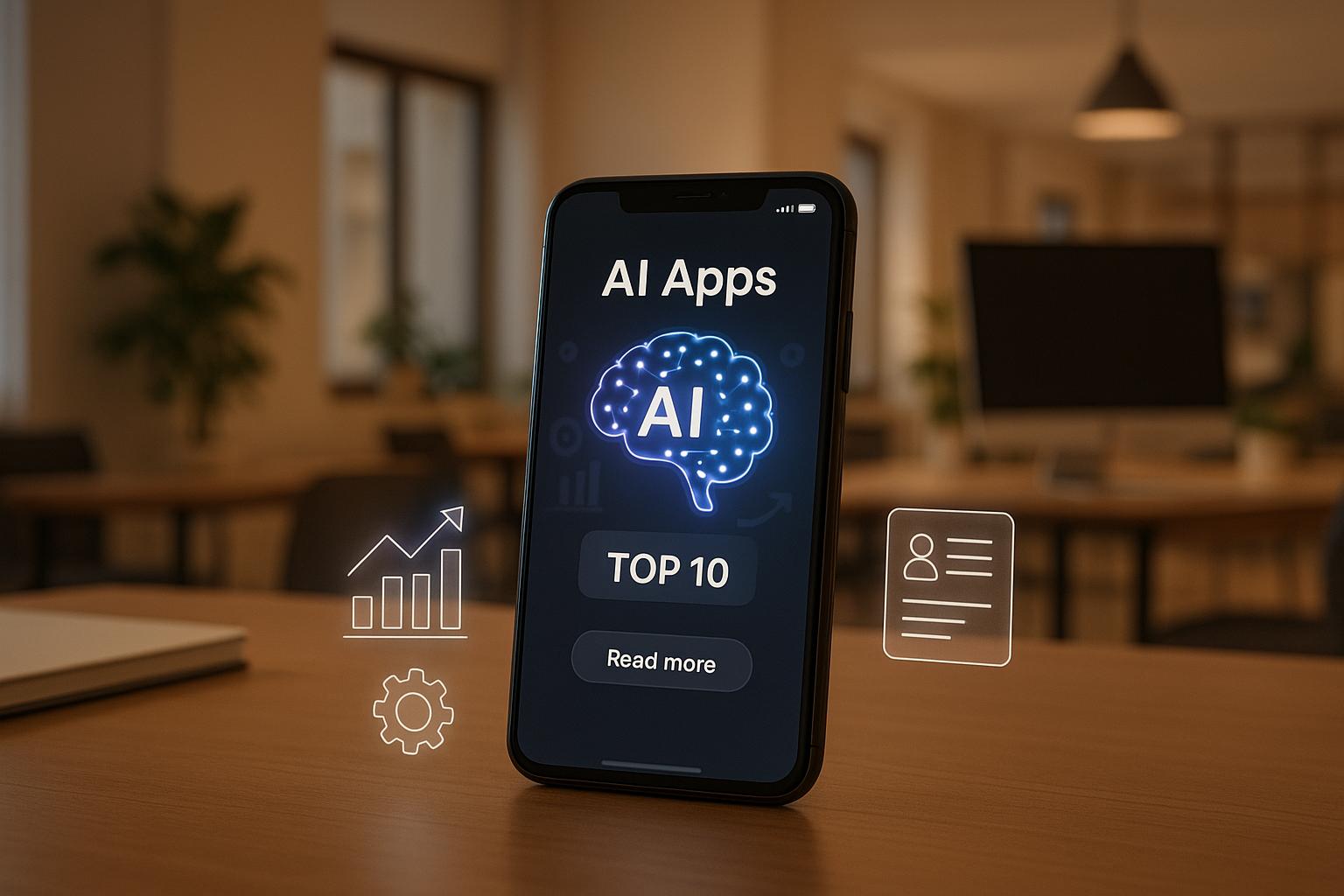The digital landscape is evolving rapidly, driven by advancements in AI-powered search tools like ChatGPT and large language models (LLMs). As AI adoption grows, businesses, creators, educators, and students are seeking ways to make their content visible and relevant in these new environments. But how do you adapt your content for AI-driven search while keeping traditional SEO in mind? This guide explores the science and art of optimizing content for AI overviews, providing actionable insights for beginners and those exploring AI tools for the first time.
Understanding the Shift: AI Search and Traditional SEO
Before diving into the "how-to", it's important to understand the current state of search and how AI tools interact with traditional search engines.
- Traditional Search Still Matters: Despite the rise of AI tools, 95% of Americans continue to use traditional search engines monthly, according to SparkToro research. Therefore, optimizing for traditional search remains critical.
- AI Adoption is Growing Slowly: While 40% of Americans use AI tools monthly, only 20% are heavy users. This indicates that the transition from traditional search to AI tools is gradual.
- Complementary Tools: Many users start their search journey with AI tools and later verify information through Google or other traditional search engines. This cross-platform behavior emphasizes the need for visibility across multiple channels.
Key Challenge: Volatility in AI Search
AI-powered search results are highly dynamic. Large language models generate answers based on ever-changing datasets, leading to frequent fluctuations in rankings. For businesses and creators, this volatility means optimizing content is not a one-time task - it requires continuous tracking, testing, and refinement.
The Dual Approach: Science Meets Art in Content Optimization
Optimizing for AI overviews involves blending data-driven strategies (science) with creativity (art). Here's how these elements interact:
1. The Science of Optimization
Data analysis and tracking are critical for understanding how AI algorithms evaluate your content. For example:
- Tracking Volatility: With tools like SE Ranking or keyword.com, you can monitor how AI mentions, links, and rankings change over time. This provides insights into how your content competes in AI-driven search.
- Keyword and Vector-Based Analysis: Tools that analyze semantic similarities between your content and high-ranking pages help identify gaps and areas for improvement.
2. The Art of Optimization
Creativity and user experience play a major role in how content is perceived and ranked. Consider:
- Crafting engaging, structured content that logically answers user questions.
- Incorporating multimedia like videos, charts, or infographics to improve content diversity, as AI engines favor multimodal content.
- Writing with clarity and relevance to address user intent effectively.
Practical Steps to Optimize Content for AI and Traditional Search
Follow these actionable steps to optimize your content for both AI overviews and traditional search engines:
Step 1: Perform Data-Driven Research
Start by gathering insights from tools like SE Ranking, keyword.com, or vector-based analysis platforms. Focus on:
- Tracking Link Structure: Understand how AI overviews cite sources (e.g., block links or expanded links).
- Analyzing Competitor Content: Identify top-performing pages and their key sections.
- Monitoring Sentiment and Volatility: Recognize patterns in how rankings shift over time.
Step 2: Structure Content Around User Intent
Use insights from tools like mind mapping or keyword analysis to structure your content effectively. Key elements to include:
- Definition: Clearly define the topic upfront to address user queries immediately.
- Importance and Relevance: Highlight why the topic matters today and in the future.
- Benefits and Challenges: Provide a balanced view by discussing advantages, drawbacks, and actionable solutions.
- Comparison and Similarities: Show how the topic relates to or differs from similar concepts, such as SEO versus generative engine optimization (GEO).
Step 3: Enhance Content with Multimedia and Synonyms
- Add Multimedia Elements: Incorporate videos, images, or audio clips to boost engagement. For example, embedding a YouTube video can increase visibility as Google favors its own properties.
- Use Synonyms and Related Terms: Cover various ways users might phrase their queries to expand your content’s reach.
Step 4: Test and Refine Continuously
Optimization is an ongoing process. After updating your content:
- Push for Re-Indexing: Use tools like Google Search Console to request a re-index of your updated content.
- Monitor Performance: Track rankings, user engagement, and retrieval frequency in AI tools like Notebook LM or ChatGPT.
- Iterate Based on Feedback: Regularly tweak your content based on new data and insights.
Why Complementary Use of Tools Matters
AI search tools and traditional search engines often work hand-in-hand. For example, users may start with a broad query in ChatGPT, then follow up with a Google search to verify or explore deeper. This dual behavior underscores the importance of optimizing content for multiple platforms while maintaining a cohesive strategy.
Key Takeaways
- AI Search is Dynamic: Expect frequent volatility in rankings, requiring ongoing optimization.
- Traditional Search Still Dominates: With 95% of Americans using traditional search monthly, traditional SEO remains vital.
- Blend Science and Art: Use data-driven tools for analysis while crafting creative, user-friendly content structures.
- Focus on User Intent: Prioritize clear definitions, relevance, and benefits to meet user expectations.
- Leverage Multimedia: Incorporate videos, images, and other media to engage users and rank higher in multimodal environments.
- Adopt a Full-Funnel Strategy: Optimize for both AI tools and traditional search engines to maximize visibility.
- Test and Iterate: Regularly update your content based on feedback and evolving AI algorithms.
- Complementary Tools are Key: Users often combine AI and traditional search, so ensure your content is accessible on both.
Conclusion
Optimizing content for AI overviews is a transformative process that combines the precision of data science with the creativity of content marketing. By understanding user behavior, leveraging the right tools, and maintaining a focus on quality, you can achieve visibility across both traditional and AI search platforms.
As the landscape continues to evolve, remember that patience and adaptability are key. Continuous experimentation and refinement will help you stay ahead in this ever-changing digital ecosystem. Happy optimizing!
Source: "How to Optimize for AI Overviews" - SMA Marketing, YouTube, Sep 12, 2025 - https://www.youtube.com/watch?v=SEeV1AWCsSM
Use: Embedded for reference. Brief quotes used for commentary/review.



